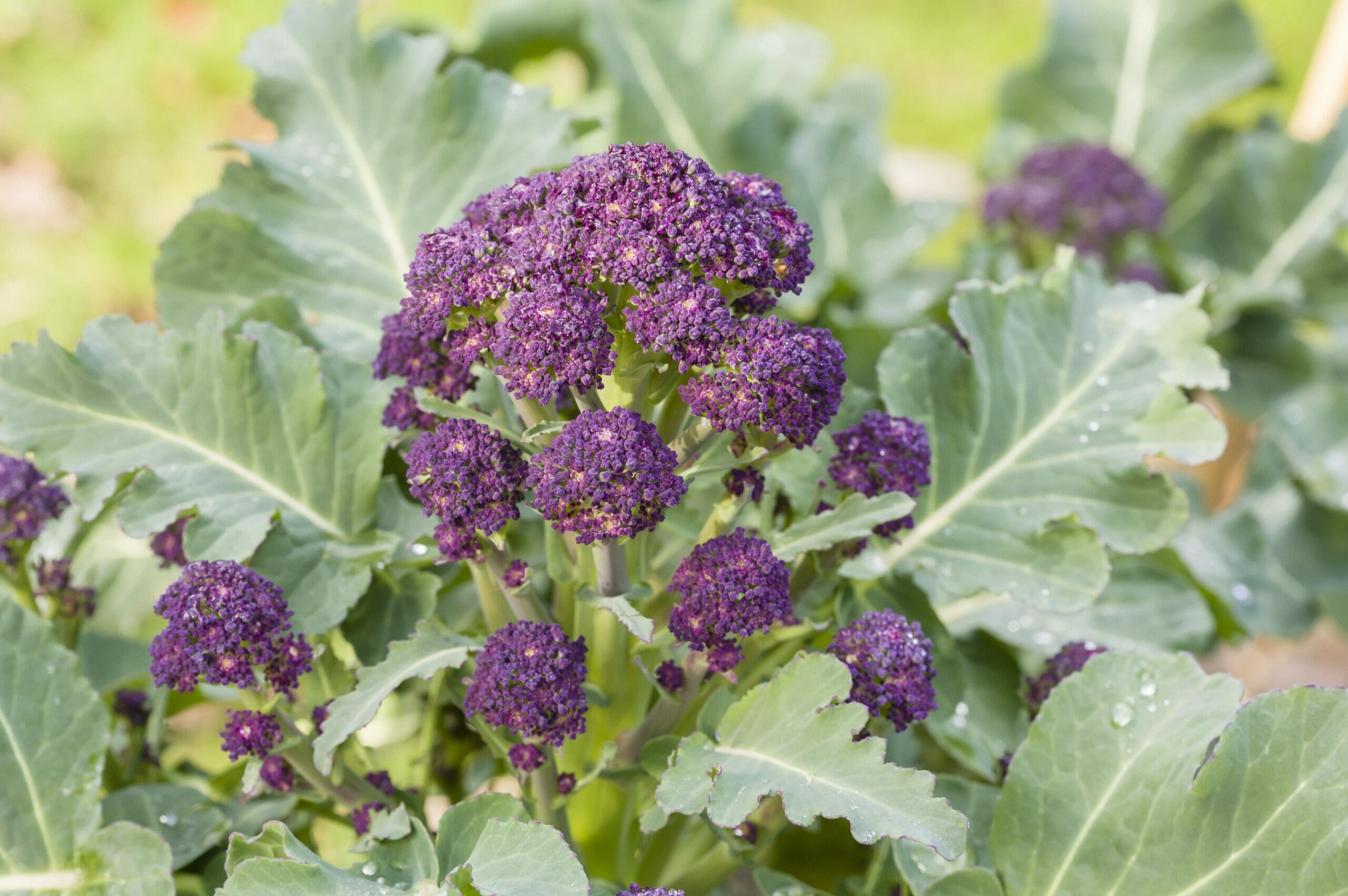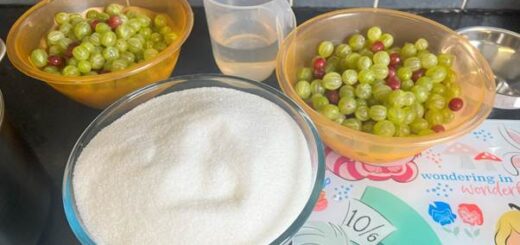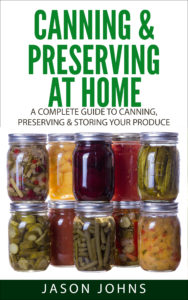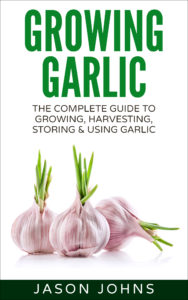Broad Bean Rust: What It Is And How To Tackle It
Introduction
Broad bean rust is one of the most common and destructive diseases that affect broad beans (Vicia faba) and most of us will have seen it at one time or another. It is caused by a fungus, Uromyces fabae and mainly targets the pods, stems and leaves, leading to reduced plant vigour, a decreased yield and, for large scale farmers, an economic loss. For the home gardener, it is an annoyance, but it can devastate an entire crop, meaning no broad beans for the year.
This article teaches you about broad bean rust and how to implement effective management strategies to reduce the risk of this disease and keep your broad beans healthy.

Biology of Broad Bean Rust
The fungus that causes broad bean rust, Uromyces fabae, is a member of the order Pucciniales. It has a complex life cycle, involving both sexual and asexual reproduction, allowing it to survive and spread in diverse environments.
Life Cycle
Understanding the life cycle of this fungus helps you to combat it and reduce the risks of it affecting your plants.
Uromyces fabae overwinters as teliospores that develop within pustules on infected plant debris or volunteer plants. Teliospores are thick-walled spores that can survive adverse environmental conditions, such as winter, for extended periods of time.
In spring, the teliospores germinate and produce basidiospores that are forcibly discharged into the air. These are the sexual spores of the fungus and are the primary method of initiating new infections, i.e. of getting to your precious plants.
The basidiospores land on susceptible hosts (your broad beans) and under favourable environmental conditions (e.g. high humidty) they germinate to create specialised infection structures called appressoria that penetrate the epidermal cells of the plant. The fungus then develops haustoria, which are specialised feeding structures to steal nutrients from the host plant.
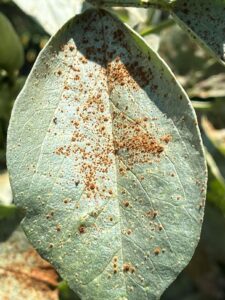
As the infection takes hold, the infected tissues develop the yellow-orange pustules (known as uredinia) on the leaf surface that contain that contain the asexual urediniospores. These are dispersed by wind, rain or even physical contact so the disease spreads within the host plant and to other broad bean plants.
As the growing season progresses, secondary infections occur, creating more uredinia and urediniospores. This is a continuous cycle throughout the growing season and is the reason why broad bean rust spreads so quickly through a crop.
As the growing season draws to an end, the fungus produces late season teliospores with telia on infected plant tissues. These are the primary source of infection the following year.
Symptoms of Broad Bean Rust
Broad bean rust is very easy to identify, as you can see from the picture below (click on it to enlarge it).

The common symptoms include:
- Yellow/orange pustules – these develop on infected leaves, stems and pods and contain the urediniospores that spread the infection. This are more commonly found on the undersides of leaves but can occur on the topside and other plant parts.
- Leaf discolouration – infected leaves exhibit chlorosis and turn yellow, particularly around the pustules so that the foliage has a mottled appearance. In severe infections, the plant drops its leaves, which reduces its ability to photosynthesise and grow.
- Stem and pod lesions – these appear as dark, sunken areas on the stems and pods. The beans in the pod can be distorted and/or discoloured by the infection, rendering them inedible.
- Reduced yield – severe infections can decimate a crop by affecting the ability of the plant to grow and develop. Infected plants produce fewer and smaller pods. As a home grower, this can mean the loss of your entire crop if it is not dealt with promptly.
Factors Favouring Broad Bean Rust Development
Understanding what conditions broad bean rust requires to grow helps you to reduce your risk of infection and implement an effective disease management strategy.
- Humidity and moisture – high humidity promotes the germination of the basidiospores and the formation of infection structures, which helps the disease to spread. Damp foliage is a perfect environment for fungal growth and spore production. Proper spacing can help the plants dry out so they do not remain damp and susceptible to this fungus.
- Temperature – broad bean rust likes a temperature of15°C to 25°C (59°F to 77°F). Warmer temperatures accelerate fungal growth and reduces the incubation period between infection and the symptoms becoming visible, meaning the disease spreads faster.
- Host susceptibility – some broad beans cultivars are more susceptible to rust than others, so your choice of bean can make a difference. Certain cultivars have some resistance and selecting these can reduce the impact of the disease significantly. If you live in an area where this fungus is common, try growing resistant cultivars while removing all plant debris from the ground.
- Crop density – dense planting creates a dense canopy structure that has a microclimate perfect for fungal growth and makes it easy for the spores to spread. Adequate spacing between the plants and pinching out their tops when they are fully grown helps to improve air circulation and reduce the humidity level around the stems/leaves to make it harder for the disease to spread.
- Crop rotation and sanitation – rotating your crops with non-host crops and proper sanitation practises reduces the build-up of the pathogen in the soil and stops it from spreading in subsequent growing seasons. All infected plant materials, including volunteer plants, must be removed and destroyed to disrupt the fungal life cycle.

Management of Broad Bean Rust
Managing broad bean rust requires an approach that combine cultural, biological and even chemical strategies to reduce the frequency and severity of infection. This will help you to protect your broad bean crop and ensure you get a decent harvest.
Cultural Practices:
- Crop rotation – rotate broad beans with non-host crops to break the disease cycle and reduce pathogen levels in the soil. Avoid planting broad beans in the same location year after year to prevent the fungal pathogens building up in the soil.
- Sanitation – remove and destroy all infected plant debris, volunteer plants, and weeds to eliminate potential sources of infection. Clean equipment, tools, and footwear to prevent the inadvertent spread of fungal spores between fields or garden beds.
- Planting density – ensure adequate space between broad bean plants to promote air circulation and reduce humidity levels within the canopy. Avoid overcrowding, which can create favourable conditions for fungal growth and spread.
- Resistant cultivars – select broad bean cultivars with known resistance or tolerance to rust and other foliar diseases.
Biological Control:
- Natural enemies – encourage populations of natural pest predators, such as predatory mites, ladybugs, and parasitic wasps, that prey on rust-infected insects or fungal spores. Conservation biological control practices, such as maintaining hedgerows and insectary plants, can enhance the effectiveness of natural enemies in suppressing pest populations. While spores can blow in on the wind, they are often transmitted by aphids that gather at the growing tips of the plants, hence the pinching off of the growing tips.
- Microbial agents – apply biopesticides containing beneficial microorganisms, such as Bacillus subtilis or Trichoderma species, that antagonise fungal pathogens and promote plant health. These biological control agents can help suppress broad bean rust and other soil-borne diseases while minimising any environmental impact.
Chemical Control:
Generally, the advice is to resort to chemical control if all else fails due to the significant impact many chemicals have on the environment, wildlife and micro-organisms in the soil.
- Fungicides – apply fungicides to protect broad bean plants from rust infections and reduce disease severity. Fungicides containing active ingredients such as azoxystrobin, pyraclostrobin, or tebuconazole are commonly used to manage broad bean rust in commercial environments, but these are not available for home gardeners.
- Preventative vs. curative treatments – in a commercial environment, fungicides can be applied preventatively before symptoms appear or curatively after disease onset. Preventative applications provide proactive protection against rust infections, while curative treatments aim to limit disease progression and minimise yield losses. Rotate fungicide classes to mitigate the risk of resistance development in fungal populations.
- Application timing – time fungicide applications based on disease forecasting models, weather conditions, and crop growth stages to maximise efficacy and minimise environmental impact. Early-season treatments may target overwintering spores or primary infections, while later applications can manage secondary cycles of disease spread.
The chemical controls used for broad bean rust are not available for the home gardener. However, one home made treatment that is used preventatively is mixing one part milk with 10 parts water and spraying your plants. Another potential home remedy is two litres of water mixed with a few drops of vegetable oil, a couple of drops of washing up liquid and 4 tablespoons of bicarbonate of soda. Mix this up well and spray on infected plants, but it also works as a preventative measure. The bicarbonate of soda makes the leaves alkaline and less prone to fungal infection.

Integrated Pest Management (IPM):
- Monitor infection levels – regularly scout broad bean fields or garden beds for signs of rust infection, such as yellow-orange pustules on leaves, stems, or pods. Record observations and track disease progression over time to inform management decisions and adjust control measures as needed. As a home gardener, if you see infected plant material, immediately remove as much as you can, put it in a plastic bag and take it away to dispose of.
- Threshold-based management – in a commercial environment, you will need to establish action thresholds for broad bean rust based on economic injury levels and crop value, i.e. how much the cost of treating the disease compares to the losses due to the disease. Implement control measures when disease incidence or severity exceeds your predetermined thresholds to prevent significant yield losses.
- Cultural and biological controls – integrate cultural and biological control practices, such as crop rotation, sanitation, and natural enemy conservation, with chemical interventions to create a holistic disease management strategy. By combining multiple tactics, growers can enhance the resilience of broad bean crops to rust and other pests and diseases.
Conclusion
Broad bean rust can be a particular problem not just for farmers but for home gardeners too. It can destroy your crop and with the warm, damp summers we are all experiencing, the environmental conditions are ideal for this disease.
Reduce your risk of this disease by following these three steps:
- Space your plants adequately so there is sufficient air flow between them to make the environmental conditions less favourable to broad bean rust.
- Regularly check your plants to infection and remove infected plant material immediately.
- At the end of the growing season, remove and destroy all plant material and rotate your crop the following year.
If broad bean rust is a known issue in your area, then buy disease resistant seeds. However, do remember that the key word here is ‘resistant’. This does not mean they are immune from infection, but if the plants are healthy and strong, they can shrug off infections or resist succumbing until towards the end of the growing season. Broad beans are a popular crop with home gardeners and following this simple advice can make the difference in your plants surviving to produce a harvest.


